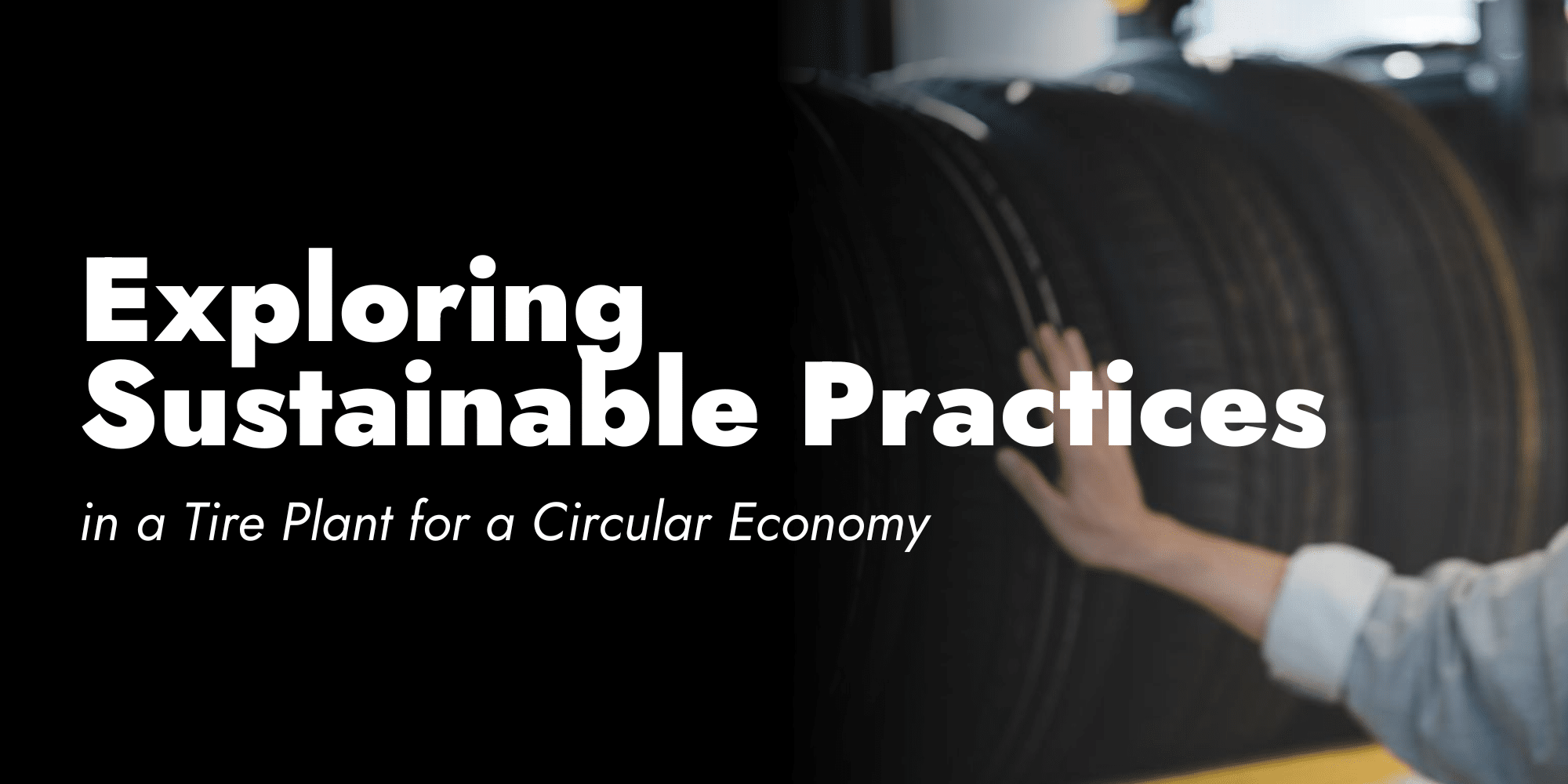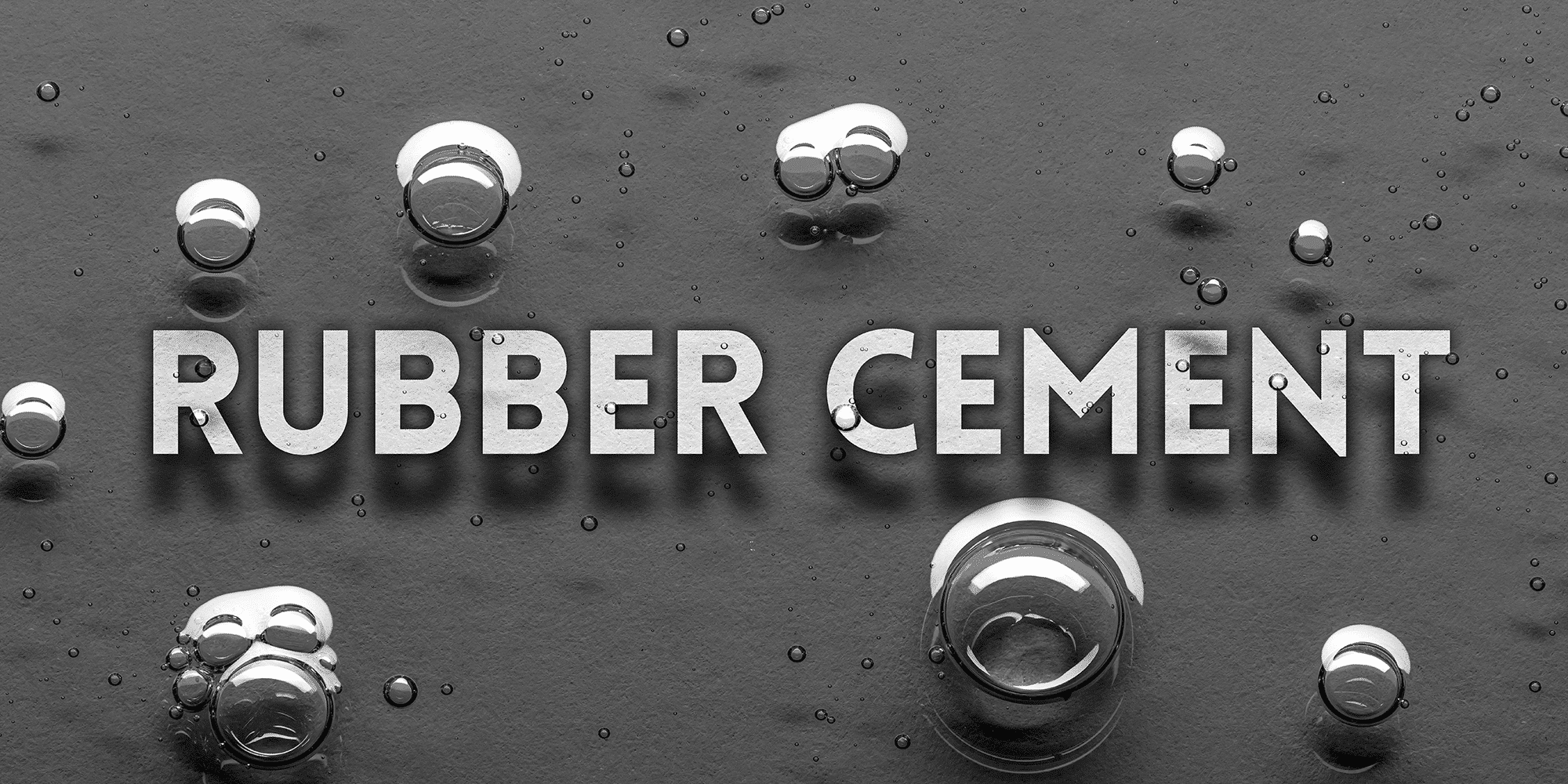Modern tire plants are adopting practices that reduce waste, enhance recycling, and utilize eco-friendly materials…
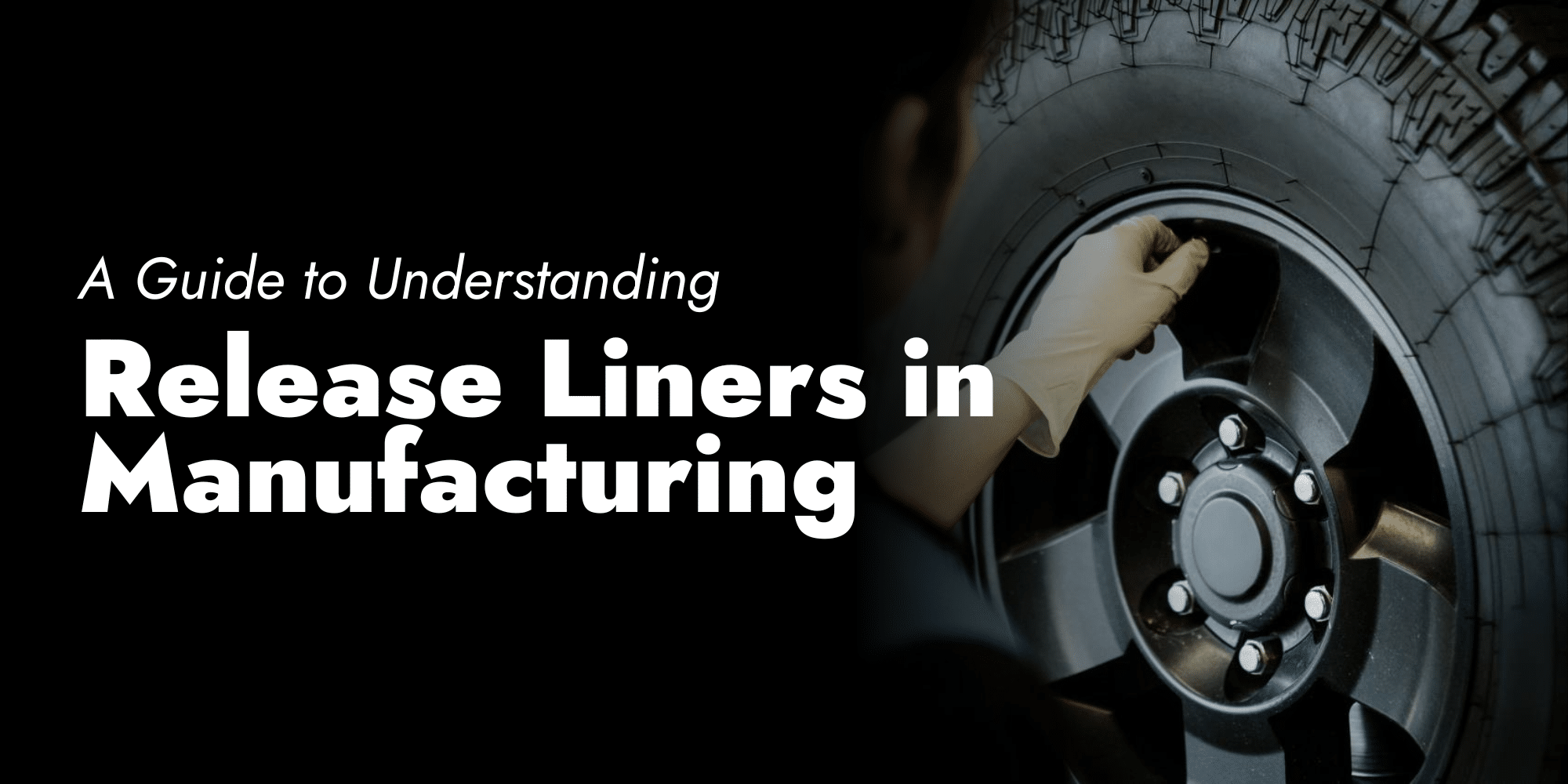
A Guide to Understanding Release Liners in Manufacturing
Release liners are an often overlooked but crucial component in various manufacturing processes. These specially designed materials serve as a protective barrier, preventing adhesion during production and ensuring high-quality end products. In industries such as rubber, automotive, and packaging, the right release liner can significantly impact efficiency and product performance.
In this guide, we will explore the fundamentals of release liners, their types, applications, and why choosing a trusted supplier like OTEGO is essential for maximizing productivity and maintaining product quality.
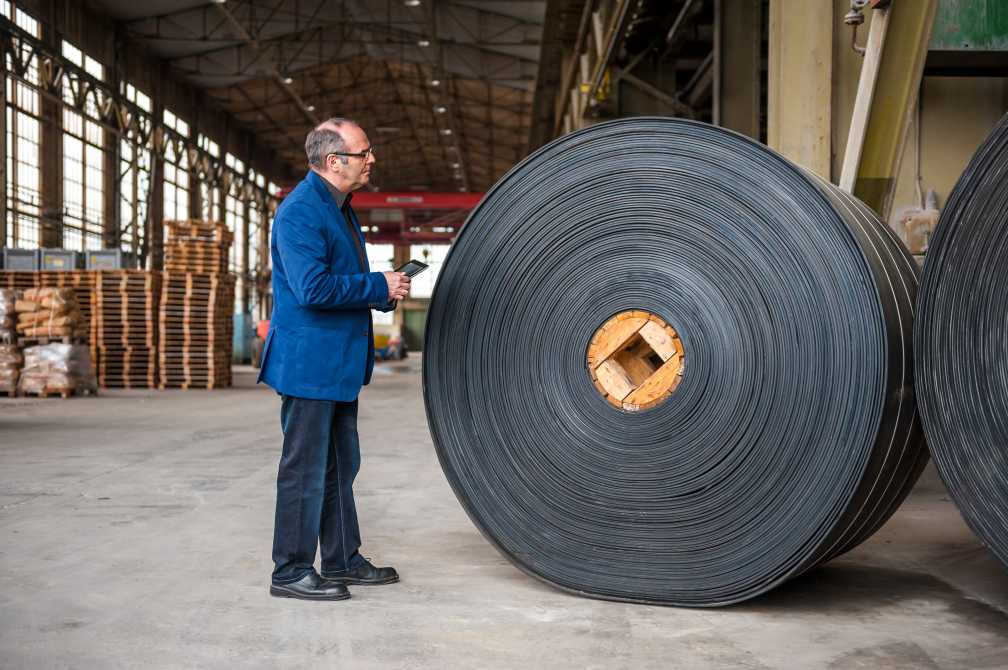
What Are Release Liners?
At their core, release liners are thin layers of material designed to carry adhesive substances until they are ready to be applied. They provide a temporary barrier between adhesives and other surfaces, ensuring that the adhesive remains functional and uncontaminated during storage, transportation, or processing.
The non-stick coating applied to the surface of release liners can be made from various materials, with silicone being the most common due to its excellent non-stick properties. Alternative silicone-release coatings like polyethylene or wax are used for different applications, particularly when silicone is either too costly or not needed for the job. The choice of liner depends on the requirements of the specific manufacturing process, including the type of adhesive used, environmental conditions, and the demands of the final product.
How Release Liners Work
Release liners are designed to be peeled off easily, exposing the adhesive surface when it’s ready to be applied. In many manufacturing scenarios, the adhesive product (such as tape, stickers, or medical patches) is laminated to the release liner during production. The liner protects the adhesive from dirt, moisture, and damage, preserving its quality until it reaches the final application stage.
Because these liners are designed to be non-stick, they can prevent costly errors in manufacturing. For example, adhesives may get stuck prematurely during a production run, leading to waste, delays, and poor product quality. Release liners ensure that adhesives stay intact until the moment they need to be applied, offering precision and control.

Common Types of Release Liners
Release liners come in various types, each suited for specific needs. Here’s a more in-depth look at the most commonly used kinds:
1. Paper-Based Release Liners
These liners are typically made from standard or specialized paper and are coated with materials like silicone or wax to create a non-stick surface. Silicone release papers are widely used in applications that do not require extreme durability or heat resistance. They are often found in consumer products like self-adhesive labels, tapes, and packaging. Though cost-effective, they may not stand up to the wear and tear of more demanding industrial applications.
2. Film-Based Release Liners
These liners use polyester (PET), polyethylene (PE), or other films made of plastic material as the base material. The use of films provides increased strength, flexibility, and resistance to environmental factors such as heat and moisture. Film-based release liners are essential in high-performance environments like electronics and automotive manufacturing, where precision and durability are key. They also allow for tighter tolerances in terms of thickness and performance, which is often critical in high-tech industries.
3. Single-Sided vs. Double-Sided Release Liners
- Single-sided liners have a coating on only one side, which is enough for simple adhesive applications. These are commonly used in everyday products like stickers, labels, or consumer packaging.
- Double-sided liners, meanwhile, have non-stick coatings on both sides. They are often used in complex manufacturing processes where both surfaces of the liner need to be adhesive-free. For instance, in multi-layered electronic components, a double-sided liner can keep different layers from bonding prematurely.
4. Perforated Release Liners
These liners feature small perforations to allow for easy tearing or dispensing. They are frequently used in packaging applications where rapid processing and dispensing are necessary, such as roll labels or tapes. Perforated liners are also used in processes where precision cuts are needed, as the perforations guide where the liner should tear or peel away. In some applications, just a little pressure is required to separate the liner from the adhesive surface.
Uses of Release Liners in Manufacturing
Release liners have become essential across a wide range of industries. Their role in protecting adhesives and facilitating clean, precise applications makes them indispensable for many production processes. Here’s a closer look at how different sectors utilize release liners:
1. Tire and Rubber Manufacturing
Release liners are commonly used in the production of tires and other rubber products. In processes like rubber calendaring or extrusion, the liner acts as a barrier that prevents rubber compounds from sticking to machinery or unwanted surfaces. They ensure smooth handling, protect the rubber’s adhesive layer, and help maintain product quality during vulcanization or molding.
2. Composite Materials
In industries like aerospace, automotive, and construction, release liners are used with composite materials such as carbon fiber or fiberglass. These composites are often pre-impregnated with resin, and release liners keep them from sticking together during storage or handling. The liners are removed right before the composite is applied to molds or structures, ensuring accurate positioning and preventing contamination.
3. Adhesive Tape and Sealants
Industrial-grade tapes, sealants, and other adhesive-backed materials also use release liners to protect their adhesive sides until they are ready for application. In heavy-duty applications like construction, automotive assembly, and industrial maintenance, release liners prevent adhesives from sticking to unwanted surfaces, ensuring a clean and accurate bond when applied.
4. Protective Films and Coatings
Release liners are essential in manufacturing protective films and coatings for industrial equipment, machinery, and electronics. These films are often applied to surfaces to shield them from scratches, dust, or corrosion. The liners protect the adhesive layer of the film during storage or transport and ensure it’s clean and effective when applied to surfaces.
5. Roofing and Insulation Materials
In construction and building materials, release liners are widely used with adhesive roofing membranes, waterproofing materials, and insulation products. These liners protect the adhesives in the materials from environmental exposure and premature bonding, ensuring easy and effective application on construction sites.
6. Conveyor Belts and Rubber Profiles
Release liners are used in the production of conveyor belts and rubber profiles for industrial use. During the manufacturing process, the liner prevents the rubber or adhesive from sticking to equipment, ensuring smooth production and protecting the product’s quality until it’s applied or assembled.
In all of these industrial applications, release liners help streamline manufacturing processes, reduce waste, and maintain the integrity of the materials being produced, ensuring clean, efficient production.
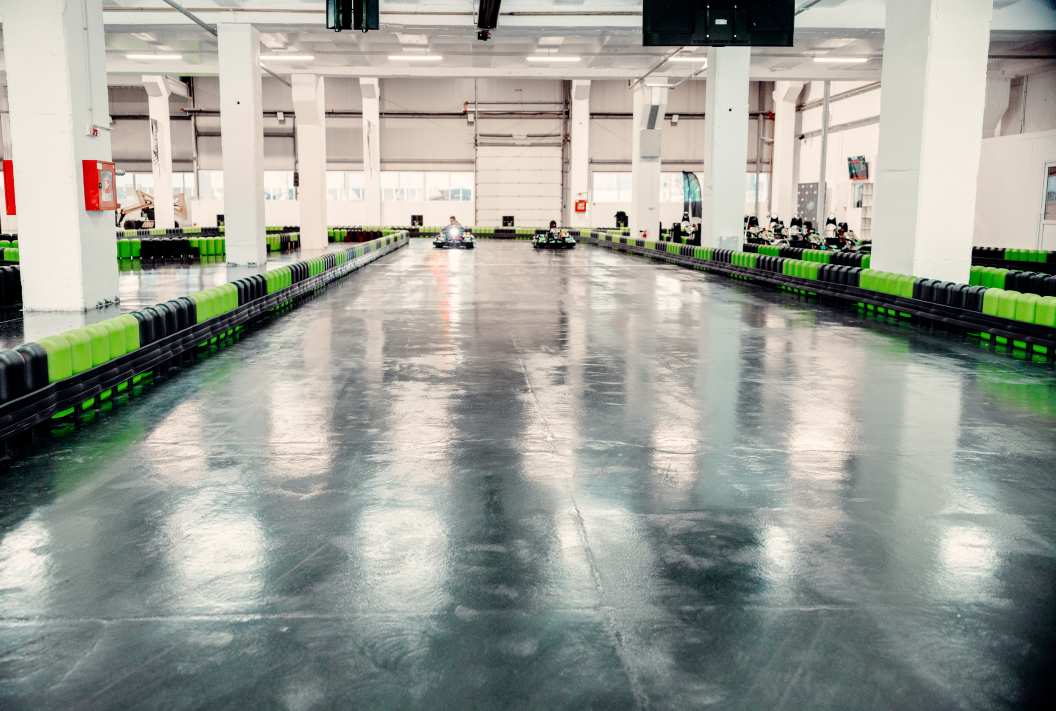
Choosing the Right Release Liner for Your Application
Selecting the best release liner involves considering several factors, such as:
- Adhesive Compatibility: Not all liners work well with every adhesive. Silicone-release liners, for example, are the best choice for high-performance adhesives that require heat resistance and durability.
- Environmental Conditions: For applications exposed to high temperatures, moisture, or chemicals, film-based liners with heat-resistant properties are often necessary.
- Ease of Use: The release force (how easily the liner can be removed) is an important consideration. Some applications require easy peel-off, while others may need a liner that holds firmly until the right moment.
- Cost Considerations: For everyday applications like labels or consumer packaging, paper-based liners are often a cost-effective solution. However, for high-tech or industrial uses, film-based liners, though more expensive, offer better performance and longevity.
FAQs on Release Liners
Selecting the best release liner involves considering several factors, such as:
What is the purpose of a release liner?
A release liner serves as a protective backing for adhesives, keeping them intact and uncontaminated until they’re ready for use. Its non-stick surface ensures that the adhesive doesn’t bond to unintended surfaces or objects during production, storage, or transport. The liner also helps in the easy application of adhesives by peeling off smoothly when the adhesive is ready to be applied.
What can I use as a release liner?
Various materials can be used as release liners depending on the specific application. Common materials include paper-based liners with a silicone coating, plastic films like polyethylene or polyester, and even wax-coated paper. The choice of release liner depends on factors like the type of adhesive, environmental conditions, and whether the application requires flexibility, durability, or resistance to moisture or heat.
What material is used for tape-release liners?
Tape-release liners are often made from materials like silicone-release paper or plastic films such as polyethylene or polyester (PET). Silicone is the most common coating because it offers excellent non-stick properties and can withstand high temperatures, making it ideal for tape applications. Film-based liners are preferred when durability, moisture resistance, or flexibility are essential for the application.
OTEGO – World-leading Supplier of Release Liners in Manufacturing
Selecting the best release liner involves considering several factors, such as:
Release liners may seem like a small part of the manufacturing process, but their role is crucial across many industries. Whether it’s protecting adhesives for medical devices, helping assemble electronics, or ensuring precision in the aerospace and automotive sectors, release liners keep things running smoothly. Understanding the different types of release liners and their applications will help manufacturers choose the right product for their needs, improving efficiency, reducing waste, and ensuring product quality.
Selecting the right release liner is essential for improving quality and productivity in manufacturing. At OTEGO, we bring over 50 years of expertise in technical release liners, particularly for the tire and rubber industries. Our liners, made from fabrics, films, or coated materials, are trusted by international manufacturers and designed to reduce rubber waste, minimize downtime, and enhance efficiency.
We focus on Total Cost of Ownership (TCO) and deliver solutions that provide long-term value. With a commitment to sustainability and innovation, OTEGO ensures you get high-performance, environmentally friendly products tailored to your needs.
Ready to enhance your manufacturing process? Contact us today to learn more about our high-quality release liners and how we can support your business!
